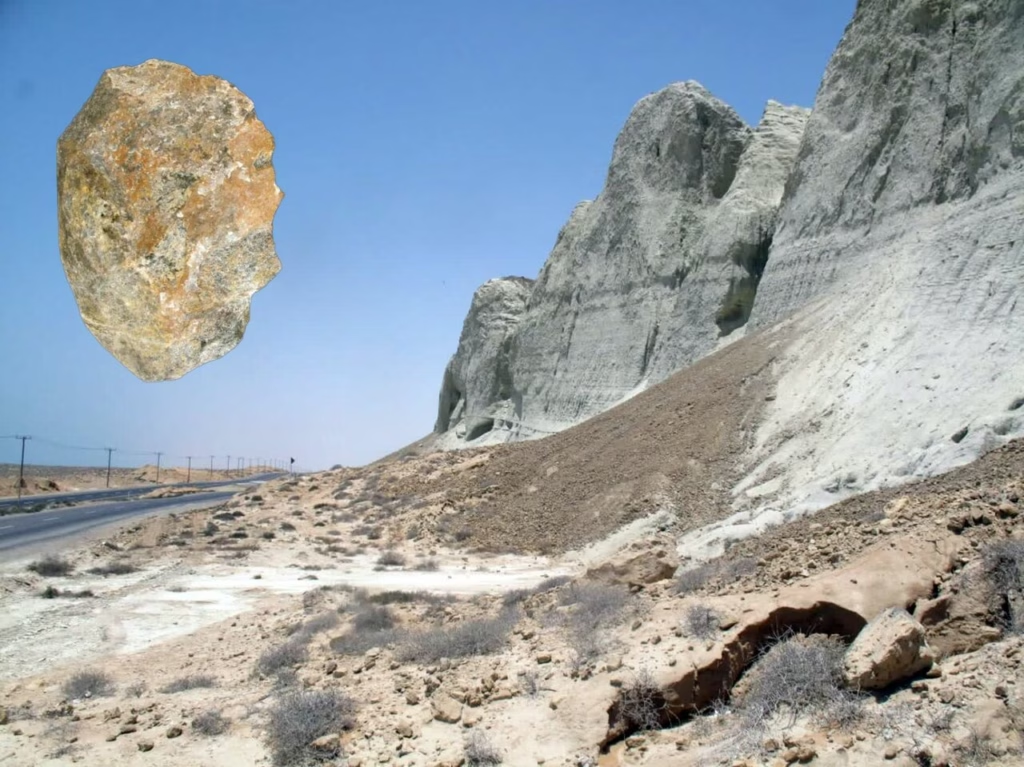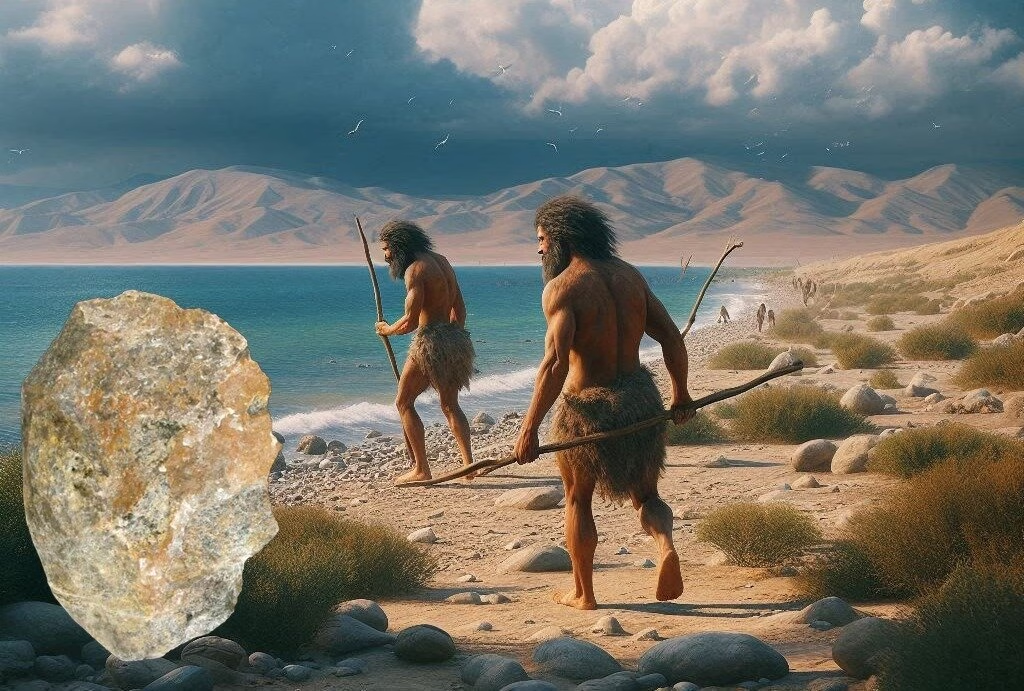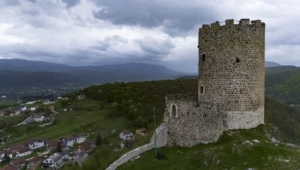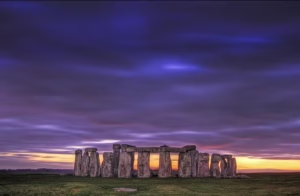Archaeological excavations in Iran’s southeastern Sistan and Baluchestan province have led to the discovery of stone tools dating back to the Lower Paleolithic era along the Makran coast, a historically understudied region on the northern edge of the Gulf of Oman.
Led by Dr. Morteza Hessari, a team of Iranian archaeologists conducted a series of extensive field surveys between the Kopal Mountains and the Makran shoreline. The discoveries include large pebbles and stone flakes bearing signs of deliberate flaking—clear indications of prehistoric tool-making.
“These finds may represent the earliest documented human settlements along the Makran coast,” said Dr. Hessari.
“Until now, our knowledge of Paleolithic activity in this region was limited to a few Middle and Upper Paleolithic artifacts discovered by Vita-Finzi in the 1970s in Konarak and Sadich.”
According to Hessari, the new findings offer fresh evidence that supports a widely accepted theory: early human groups migrating out of Africa may have used the Makran region as a key dispersal corridor toward South and East Asia.

These discoveries are part of an ongoing research initiative conducted by the Research Institute of Cultural Heritage and Tourism (RICHT). The current phase included test excavations in the Kopal area, which also yielded artifacts from the Bronze Age as well as the Parthian and Sassanian periods.
The Kopal region is located within Dashtiari County, along the road from Chabahar to Bris, just south of the Kopal Mountains. According to researchers, this area presents significant archaeological potential for understanding both prehistoric human activity and later civilizations in ancient Iran.
“We are grateful for the strong support from the Dashtiari County Governor’s Office, especially the Honorary Governor Mr. Abdolaziz Mayai, and the Chabahar Cultural Heritage Department,” Dr. Hessari stated.
“We hope to organize a public exhibition of these newly uncovered artifacts in collaboration with the General Directorate of Cultural Heritage, Handicrafts, and Tourism.”
Commonly referred to in Persian as “Savahel-e Makkoran,” the Makran coast is a semi-arid, geopolitically significant shoreline that stretches along the Gulf of Oman. Archaeologists believe that the region’s recent discoveries will shed light not only on Iran’s prehistory but also on broader questions regarding human evolution and early migration routes through Southwest Asia.





